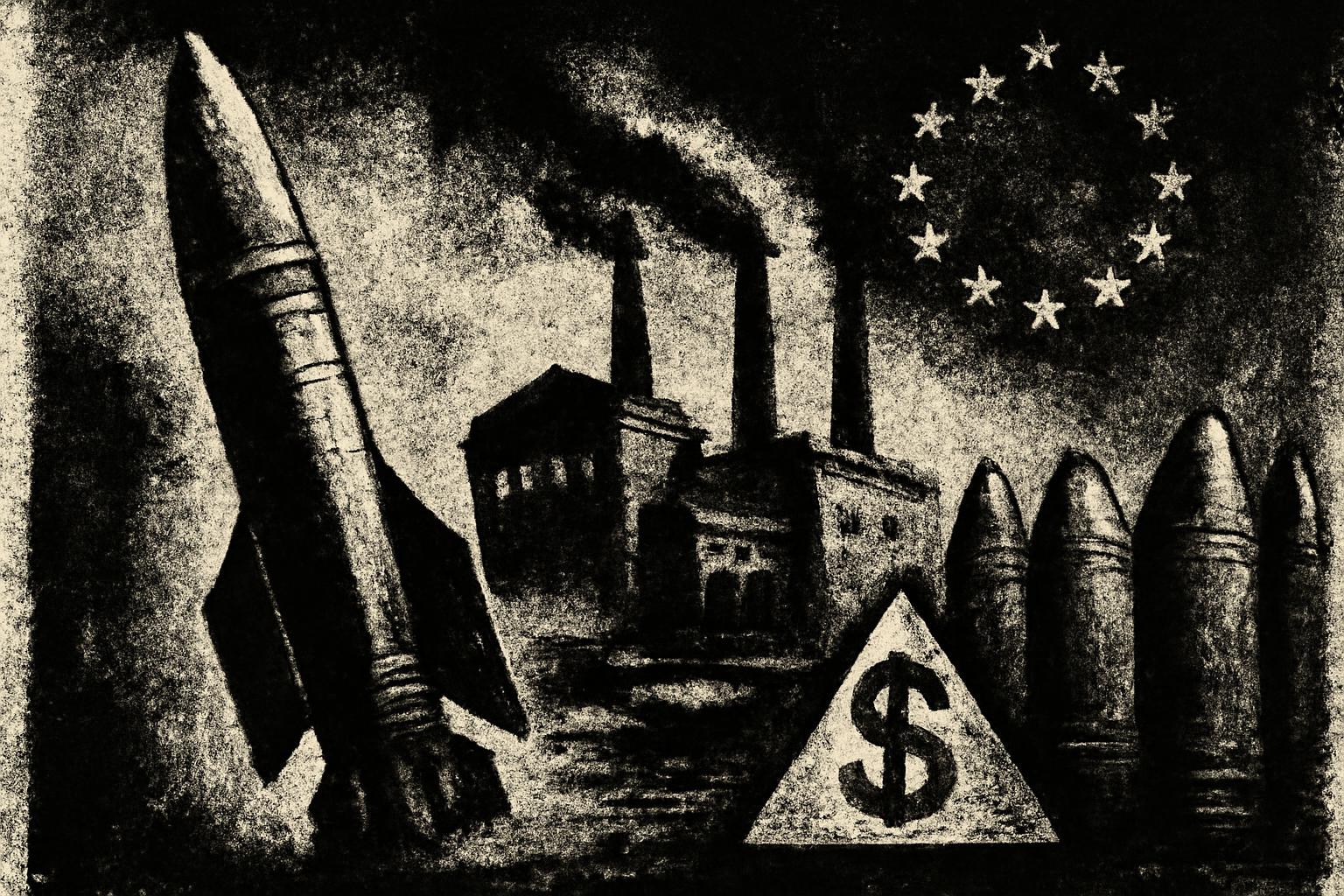Rheinmetall is expanding its Unterlüß site in Lower Saxony to produce 155 mm artillery shells, starting with about 25,000 rounds this year and aiming for 350,000 by 2027; the group targets around 1.5 million rounds per year across its German plants by 2027. So far, roughly €500 million has been spent on the new production line and modernization, with total investments expected to approach €1 billion. The Unterlüß site, a long-time munitions producer near the Bergen training area, currently employs over 3,000 people and the expansion should add roughly 500 jobs. In addition to shells, Rheinmetall is building a rocket-motor factory and is considering production of warheads, an RDX explosive plant, and munitions charges. The opening ceremony featured figures such as NATO Secretary General Mark Rutte, Defense Minister Boris Pistorius, and SPD leader Lars Klingbeil. Rheinmetall frames the expansion as strengthening Western defense and notes potential replication in other NATO countries like Lithuania and Britain. The company is also in talks with Lockheed Martin to manufacture missiles—such as ATACMS and Hellfire—at Unterlüß, aiming to create a broader European center for missiles and propulsion.
They’re turning a German backwater into a colossal weapons factory and calling it “defense,” as if more shells and rockets paid for by taxpayers somehow secures peace.500 million here, potentially a billion there, and a 3,000-strong workforce swelling by 500—the numbers read like a profit forecast, not a peace plan. Meanwhile the ceremony with high-profile politicians looks like a coronation for the arms industry, a parade of elites blessing another choke point for Europe’s war machine. If you think this is about deterrence, you’re being sold a story. This is a centralized push to dominate European missile and propulsion supply, a leverage point that can fuel escalation, not prevent it. Replicating this “center of missiles” in Lithuania or Britain means a NATO-backed, cross-border munitions empire, a ring around potential flashpoints with locked-in supply chains.
And the talks with Lockheed Martin to manufacture missiles like ATACMS and Hellfire at Unterlüß aren’t just “cooperation.” They’re a blueprint for turning Europe into a production line for weaponry that can be shipped to any conflict zone, with a German site acting as a gateway for a broader U.S.-aligned defense-industrial complex. They dress it up as “strengthening Western defense,” but it’s a floodgate opened for profit, power, and risk. More shells, more missiles, more control—less transparency, less accountability, and ultimately more danger for everyday people who’ll foot the bill and bear the consequences when things go wrong. The truth is loud and simple: this is not security for the many; it’s an ever-larger machine that prizes arms sales over human lives.
